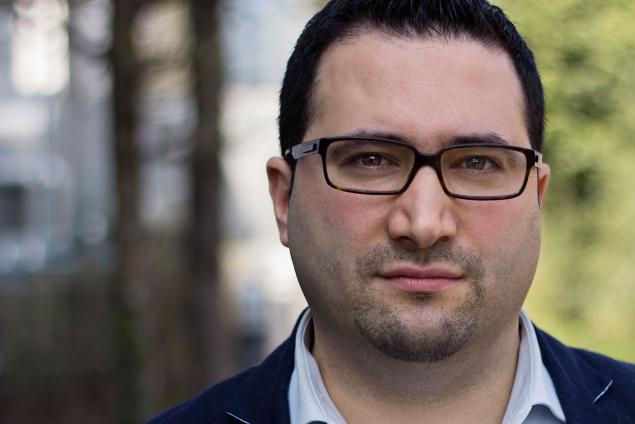Cells need to convert the energy derived from food to perform functions like muscle contractions. A “molecular machine” in the cell membrane plays a key role in this process. It works like a rotor and converts one component into another. In this video WERNER KÜHLBRANDT describes how the scientists used state-of-the-art electron microscopy to study the structure of this nanometer turbine down to the atomic level. The obtained data was then used to create a 3D model of the molecule. The surprising finding is the orientation of the rotor elements that goes against established knowledge of membrane molecule structure.
DOI:
https://doi.org/10.21036/LTPUB10234
Researcher
Werner Kühlbrandt is Director and Scientific Member at the Max Planck Institute of Biophysics in Frankfurt and Associate Professor at the Johann Wolfgang Goethe University Frankfurt/Main.
One of his research interests is the structure and mechanisms of membrane proteins, which is also the focus of his study group at the Department of Structural Biology at Max PIanck Institute. Kühlbrandt was a Heisenberg Fellow and is a member of the European Molecular Biology Organization and the German National Academy of Sciences Leopoldina.
Institution
The Max Planck Institute of Biochemistry (MPIB) in Martinsried, Munich is one of the leading international research institutions in the fields of biochemistry, cell and structural biology and biomedical research. With about 30 scientific departments and research groups and about 750 employees, the MPIB is one of the largest institutes of the Max Planck Society. The approximately 350 scientists, coming from 43 different nations, study the structure of proteins - on single molecules, but also on complex organisms. Their work and the support of various central service facilities make the MPIB a leading international institute in the field of protein research. The high quality of the research work is also reflected in numerous awards and prizes. Two scientists have already been awarded the Nobel Prize: Feodor Lynen in 1964 and Robert Huber in 1988.
Original publication
Horizontal Membrane-Intrinsic Alpha-Helices in the Stator a-Subunit of an F-Type ATP Synthase
Allegretti Matteo, Klusch Niklas, Mills Deryck J., Vonck Janet, Kühlbrandt Werner and Davies Karen M.
Nature
Published in 2015
Reading recommendations
The Resolution Revolution
Kühlbrandt Werner
Science
Published in 2014
Rotary ATPases: A New Twist to an Ancient Machine
Kühlbrandt Werner and Davies Karen M.
Trends in Biochemical Sciences
Published in 2016




